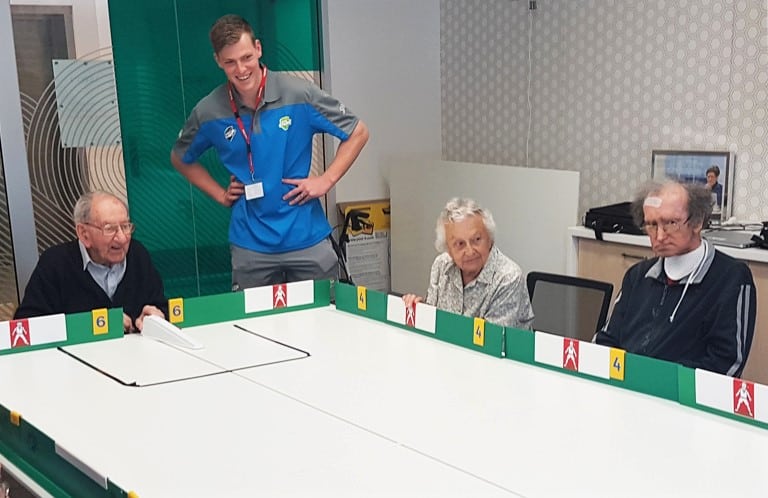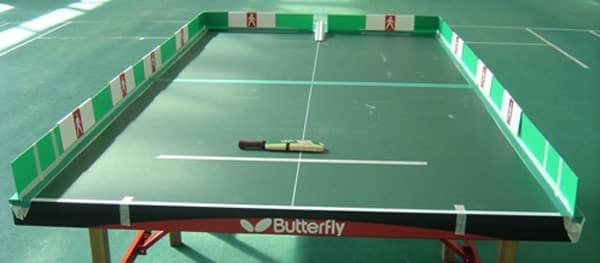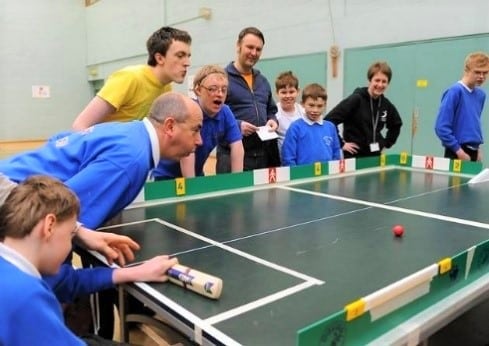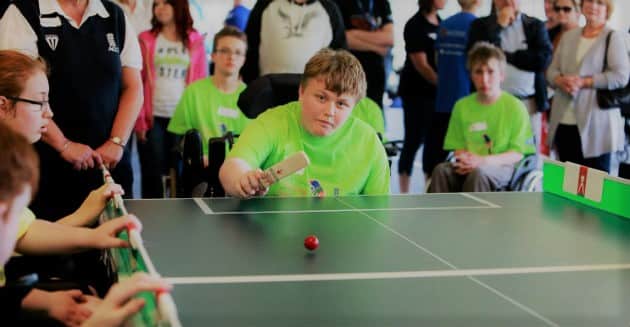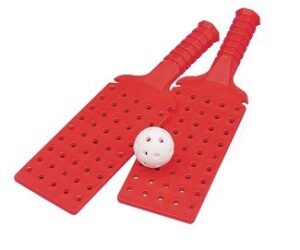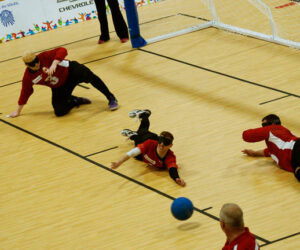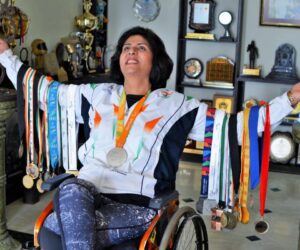Table Cricket is a game for everyone to play and enjoy – young or old, disabled and non-disabled – and is a great way to teach the basic cricket rules, all on a tabletop.
Table cricket is an adapted version of cricket, played on a table tennis table, and specially designed to give young people with a disability the chance to play and compete in the sport we all love.
Where is come from?
Table Cricket was initially developed by Doug Williamson in 1990, through Project Adapted at Nottingham Trent University. It stemmed from the desire to devise another appropriate sporting opportunity for youngsters who could not participate in traditional Paralympic sports. It was created especially for those with more severe physical impairments, and trials were conducted in Nottingham and at Stoke Mandeville.
How does it work?
The game is very strategic! There are different scoring zones around the table, and, just like in regular cricket, fielders have to be carefully positioned to prevent runs or get the batter out.
Teams of six take it in turn to bowl or bat, with the bowler using a ramp to deliver the ball (either a regular ball that runs true or a weighted one that swings around). The batter scores by hitting the ball into the scoring zones, avoiding the fielders if they can!
How does it help young people?
Alongside the enjoyment of playing the game and competing, table cricket has been shown to develop teamwork and social skills among players. It also helps coordination and cognitive skills.
Young people play the game with both learning and physical disabilities. It enables young people to understand tactics, draw the best out of team players, and build a social life.
For the young volunteers involved in coaching and umpiring, table cricket, Polybat, and other games help to develop self-confidence, leadership skills, and enhance their future employment prospects.

